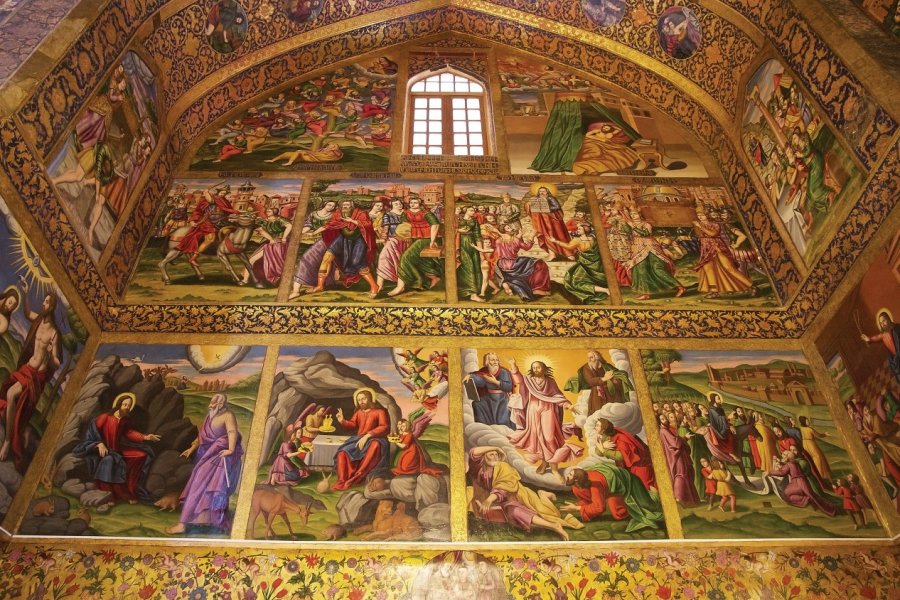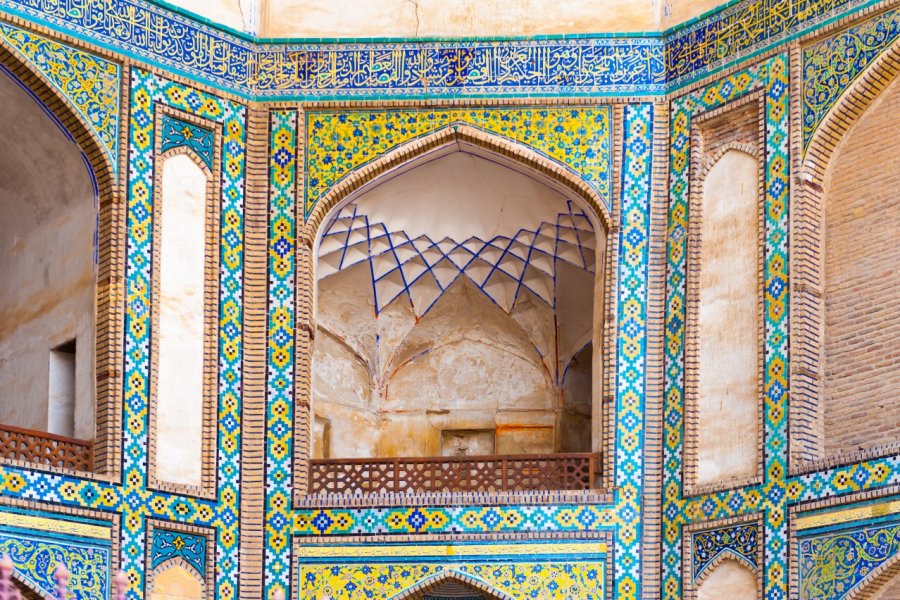Travel Guide Qazvin
Find an accommodation
Advertising
This city of about 350 000 inhabitants, located at 1 292 m above sea level and 150 km northwest of Tehran, is built around the square Sabz-e Meidan, or Place Square, a shaded square of beautiful plane planes. Qazvin was probably founded by King Sassanide Ier I, towards the year 250. Under the Bursa (1051-1220), prosperity imprègne the city, so much so that in the th century it was called the capital of Persia in place of Tabriz. The Safavide king Tahmasp I (1524-1576) considered problematic the geographical proximity of the latter with the Ottoman Empire. A great protector of the arts, Tahmasp encourages and protects artists. Under his reign, the paintings of Qazvin become famous. His successor, the famous Shah Abbas I, left the city in 1598 to install his court in Isfahan. Formerly known for its large silk market originating in the Gilan (a province on the Caspian Sea) and for turquoise, the city was also famous for its carpet mills. In the th century, Qazvin took advantage of his situation at the crossroads of the roads of the Caspian Sea, the towns of Tabriz and Hamedan. It then became the door of Tehran, which was a forced route for any trade from the north-west and from Azerbaijan. Many times devastated by earthquakes, the city and its heritage have suffered enormously. Nevertheless, a few well preserved monuments of selçuk and safavide periods remain.
What to visit Qazvin?
Suggested addresses Qazvin
Weather at the moment
Advertising
Organize your trip with our partners Qazvin
Transportation
Book your plane tickets
Car Rental
Boat rental
Accommodation & stays
Find a hotel
Holiday rental
Find your campsite
Tailor-made trip
Immersion travel
Services / On site
Activities & visits
Find a doctor












